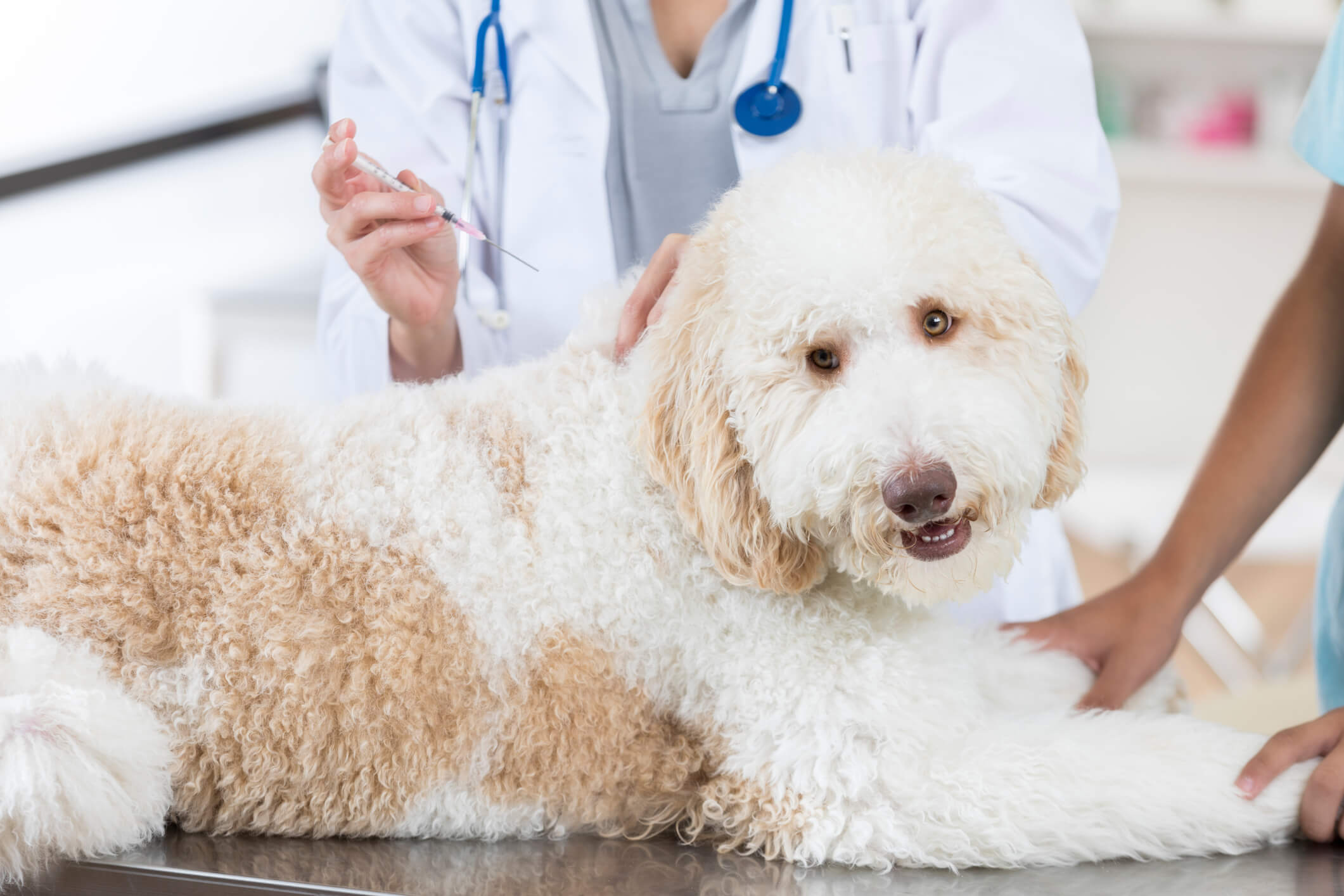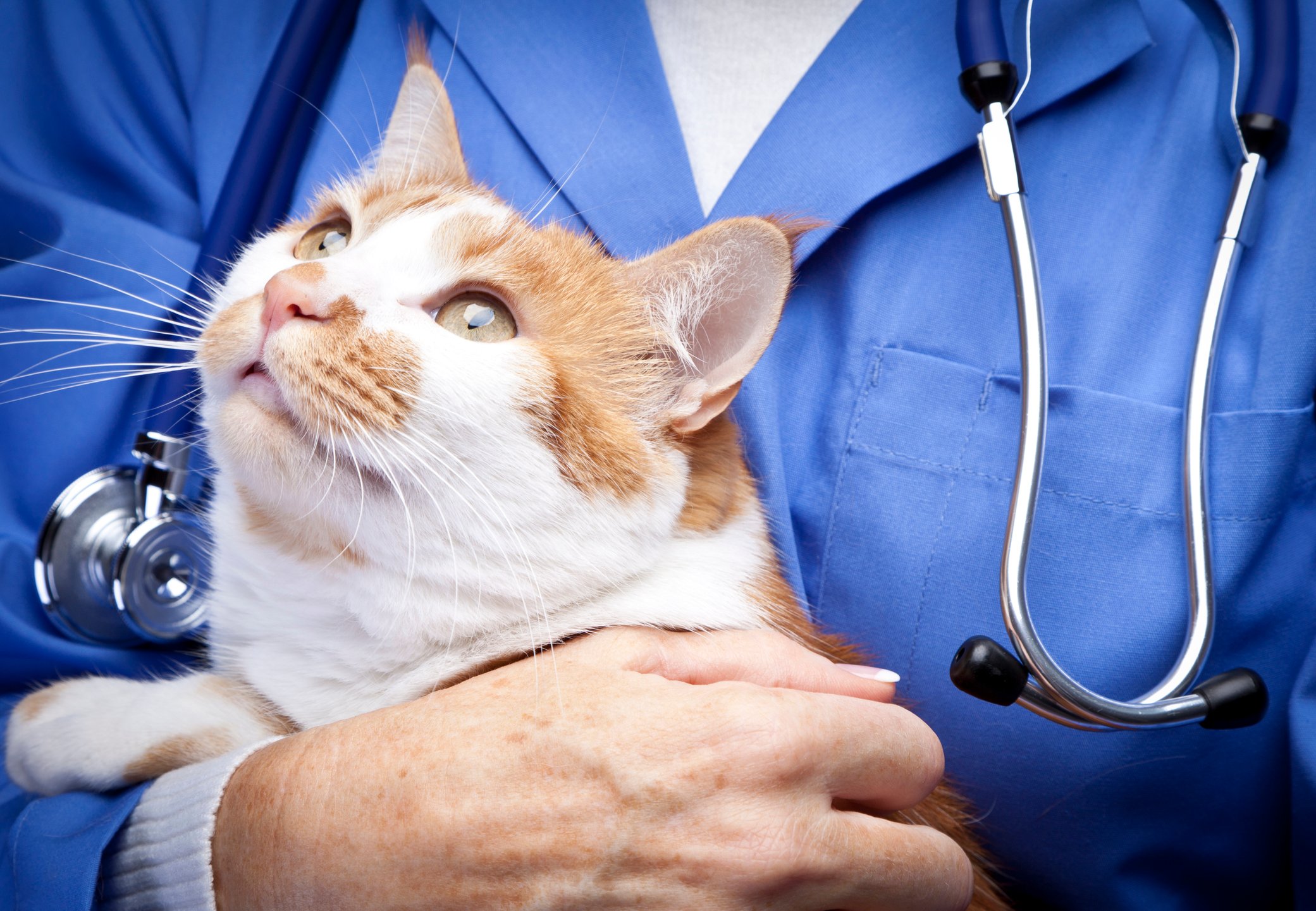
What Every Pet Owner Should Know About Rabies
Most pet owners know their pets have to get vaccinated against rabies. But aside from preventing a contagious disease, few pet parents understand why a rabies vaccine is critical for their dog or cat. Our furry companions aren’t the only ones at risk for contracting rabies. They can pass it on to humans, and the cases almost always end in death.
This information isn’t meant to scare you. Rather, it’s designed to highlight the importance of preventing rabies infections at all costs. Here is everything you need to know about the rabies virus and how to protect your entire household from it.
The dangers of rabies for pets and humans
Rabies is an extremely deadly viral infection that attacks the central nervous system. The virus causes significant nerve damage by triggering inflammation throughout the brain and spinal cord. Almost 100 percent of pet-related cases result in death because once an animal displays symptoms, there is no cure.
People and pets contract rabies through an infected animal bite. Wild animals known to carry the rabies virus include bats, squirrels, foxes, raccoons and more. They transmit the virus through infected saliva or neural tissue that enters the puncture wound. Unvaccinated dogs and outdoor cats are most at risk for contracting the rabies virus because they’re likely to cross paths with strays and wild animals.
Rabies is a zoonotic disease, which means it can be transferred from animals to humans. Pets could potentially become exposed to the rabies virus by interacting with a stray, wild animal or someone’s unvaccinated pet. Unbeknownst to the owner, a pet could bring home the virus and infect them through a scratch or bite. Rabies is just as deadly for humans, so it’s critical to keep all pets up to date on their rabies vaccines.

Rabies symptoms to watch out for
Rabies has a long, highly unpredictable incubation period for both pets and humans. Symptoms can take a few days to show up or an entire year. Infected animals are contagious during the incubation period even though no symptoms are present. This makes rabies extremely dangerous, since pets and humans can spread the virus without realizing it.
Seek a vet immediately if your pet displays any of these symptoms:
- Fever
- Weakness
- Excessive drooling
- Loss of appetite
- Disorientation
- Paralysis
- Seizures
- Aggression, anxiety or irritability
Rabies symptoms differ slightly for humans. They might include:
- Tingly or prickly sensation at the wound site
- Fever
- Headache
- Weakness
- Hyperactivity
- Excitable behavior
- Muscle paralysis
- Coma
- Hydrophobia (fear of water)
- Aerophobia (fear of fresh air)
What to do after a potential exposure
If your pet is attacked by a potentially infected animal, move them indoors while wearing gloves and long-sleeved, thick clothing. It’s absolutely critical to remain cautious, even if your pet is up to date on their rabies vaccines. Safely transport them to an emergency vet clinic as soon as possible.
The pet will have to be observed in isolation for several weeks to see if symptoms develop. If symptoms do appear, the pet will likely have to be put down. Unfortunately, vets cannot detect the rabies virus in a living animal. Only after death can vets confirm a rabies diagnosis.
A person should also seek immediate treatment if they’re bitten by a wild animal or unvaccinated pet. Wash the wounded area with soap, then flush it with water for 15 minutes. Apply anti-viral cream to the wound, but don’t cover it with bandages. Visit a hospital or urgent care clinic for further treatment.
Healthcare professionals will prescribe a round of rabies vaccines. People who’ve never received a rabies vaccine will need four doses over the course of two weeks. These vaccines can save people from rabies as long as symptoms haven’t shown up yet. Unfortunately, there are no effective post-exposure vaccines for pets if they weren’t vaccinated to begin with.

Prevent rabies by vaccinating your pets
Getting your pets vaccinated is the most reliable way to protect yourself, your pets and your whole family from the rabies virus. In fact, most places require owners to keep pets updated on their rabies vaccines. Pets typically need two rabies shots in their first year, followed by one shot every three years. Vaccine requirements vary by location, so ask a vet when your pet will need their next rabies vaccine.
Rabies isn’t a risk worth taking. Play it on the safe side and stay up to date on your pet’s rabies vaccines. By getting your pets vaccinated, you’re protecting not only the pets themselves, but everyone who comes in contact with them. It’s a simple and highly effective measure that will save your precious companion from tragic consequences.


